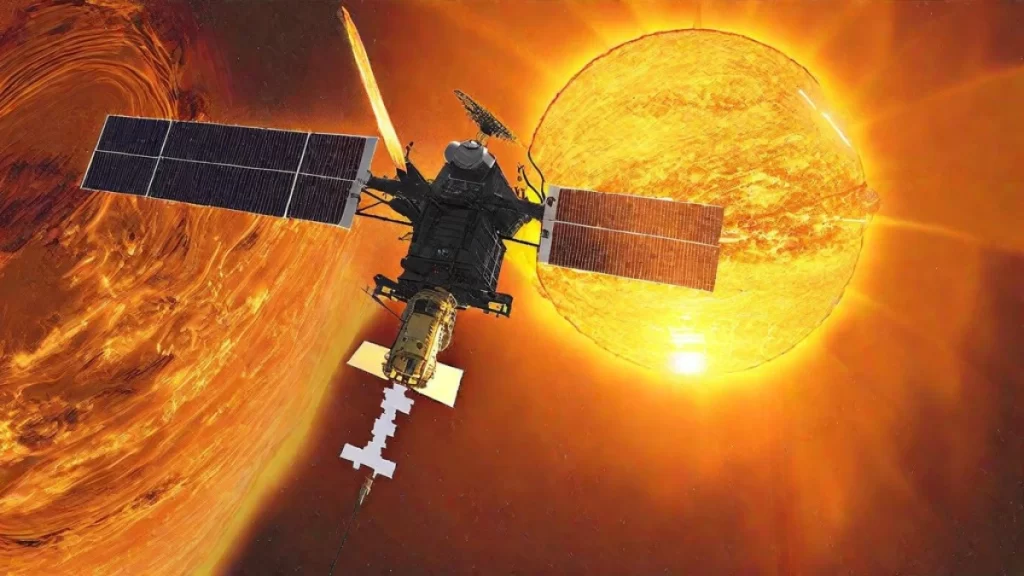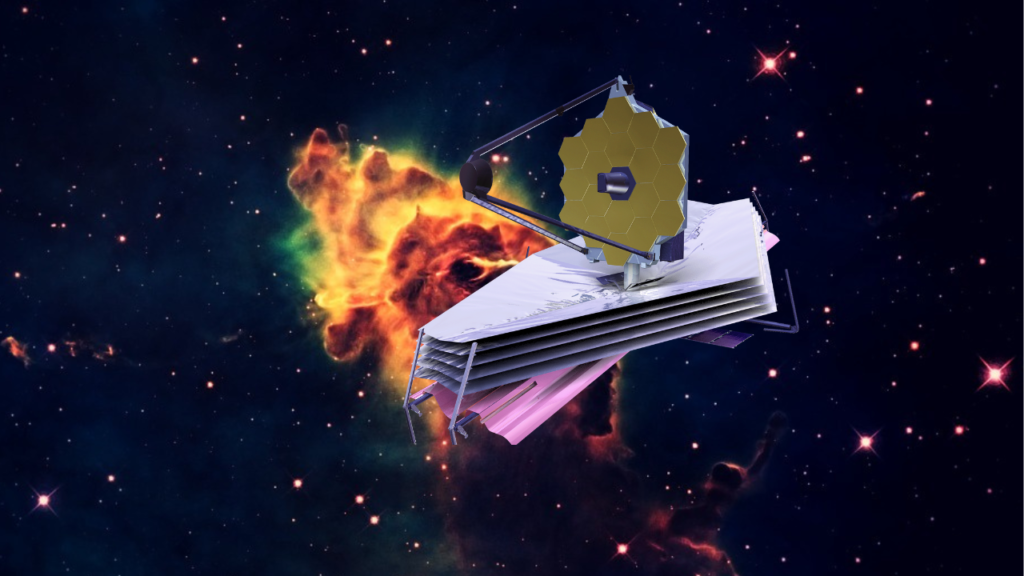Aditya L1, India’s first mission to study the Sun, is inching closer to its destination, the Lagrange Point (L1), located 1.5 million kilometers away from the Earth.
The Indian Space Research Organisation (ISRO) had launched Aditya L1 on September 2, last year.
ISRO could be attempting one of the most crucial maneuvers of this mission sometime in the afternoon of January 6.
It will be for the first time that India’s premier space agency will attempt to strategically place a satellite at L1, where Aditya can get an uninterrupted view of the Sun.
Aditya will be inserted into a halo orbit around L1, from where the satellite will have full access to solar storms, radiations and other emissions emerging from the Sun even before they are directed towards Earth or come under the influence of the Earth’s magnetic field. This vantage point holds another advantage of offering stable gravity thereby providing the satellite a longer life.
“ Aditya L-1 will make it to a halo orbit around the L1 point. As the Earth moves around the Sun, the L1 point will also move along. Therefore, the halo orbit also moves along with the Earth,” Annapurni Subramaniam, director, Indian Institute of Astrophysics, Bengaluru, told The Indian Express.
ISRO will be performing this kind of an orbit manoeuvre for the first time.
“ This manoeuvre is critical. It involves the firing of thrusters in order to change the speed and trajectory of the spacecraft. If the intended orbit is missed in the first attempt, there would be multiple subsequent corrections and thruster firings required,” said Dibyendu Nandi, solar physicist and Chair, Space Weather and Monitoring Committee, Aditya L1 mission.
Aditya has seven scientific payloads of which the Visible Emission Line Coronograph (VELC), Solar Ultraviolet Imaging Telescope (SUIT), Solar Low Energy X-ray Spectrometer (SoLEXS), High-energy L1 Orbiting X-ray Spectrometer (HEL1OS) are designed to directly track the Sun. Whereas, the in-situ (on site) measuring instruments include the Aditya Solar wind particle Experiment (ASPEX), Plasma Analyser Package for Aditya (PAPA), Advanced Tri-axial High Resolution Digital Magnetometers.
As on Wednesday, Aditya successfully completed 124 days in space. Four instruments, including PAPA and one component, the Solar wind Ion Spectrometer, of ASPEX, were switched on during the spacecraft’s cruising phase and are reportedly functioning well.
Since September 18, just sixteen days into its space journey, Aditya had started collecting scientific data and imaging the Sun. The scientists have, so far, obtained the first sneak peek into high-energy X-ray of solar flares, full solar disc images and others.
Credit: indianexpress.com



